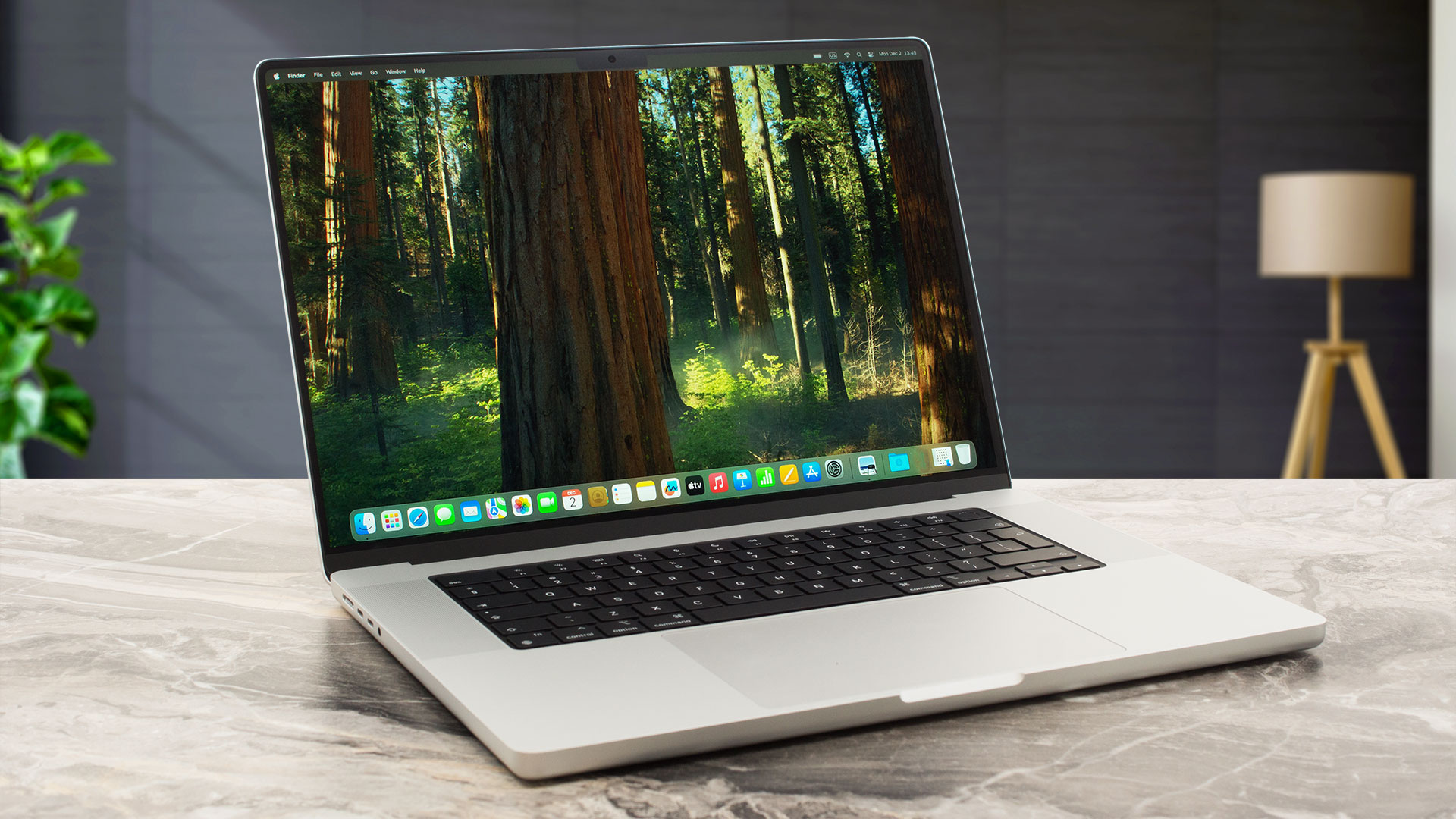Introduction to How to Screenshot on Mac
If you are new to Apple computers, one of the most common things you will want to learn is how to screenshot on Mac. Many beginners look for a clear and simple explanation of how to screenshot on Mac because it can be confusing at first. The great thing about learning how to screenshot on Mac is that Apple offers multiple methods depending on what you need to capture. Some people search for how to screenshot on Mac when they want to capture their full screen, while others ask about how to screenshot on Mac when they only need a specific part of the screen. The flexibility of how to screenshot on Mac makes it a useful tool for students, professionals, and everyday users. Whether you are trying to demonstrate a problem to tech support, create a presentation, or save something important, knowing how to screenshot on Mac will save you time. That’s why our guide will take you through the steps of how to screenshot on Mac in detail, ensuring you can easily remember the shortcuts. Once you understand how to screenshot on Mac, you will see that it becomes second nature, and you can use it at any time without stress. Our KnowToMac guide focuses on making how to screenshot on Mac simple, clear, and practical for every type of user.
Why Learning How to Screenshot on Mac is Essential
Understanding how to screenshot on Mac is not just about convenience; it is about improving productivity. Screenshots can be used for saving digital receipts, capturing a moment from a video, or sharing visual proof of something online. Once you master how to screenshot on Mac, you eliminate the need for third-party apps or complicated processes. The built-in shortcuts that Apple provides are designed to make life easier. By knowing how to screenshot on Mac, you also make it easier to collaborate with others because you can share visual information instantly. This feature is especially helpful in professional settings where accuracy matters.
Full-Screen Screenshots
One of the easiest ways to understand how to screenshot on Mac is to start with a full-screen capture. To do this, you simply press Command + Shift + 3. This method is the most straightforward answer to how to screenshot on Mac when you want the entire display saved. The image will automatically be saved to your desktop by default, and you can open it immediately. For beginners wondering how to screenshot on Mac without missing any details, this option is the best place to start.
Partial Screenshots for Precision
Another important method in learning how to screenshot on Mac is capturing only a portion of the screen. To do this, press Command + Shift + 4, and your cursor will turn into a crosshair. You can then click and drag to select the area you want to capture. Many people ask about how to screenshot on Mac when they need just part of a webpage, an image, or a document. This is extremely helpful when you want to avoid extra clutter. The more you practice this step, the easier how to screenshot on Mac will feel in your daily workflow.
Window-Specific Screenshots
For users who ask how to screenshot on Mac when they only want to capture one application window, there is also a shortcut. Press Command + Shift + 4 and then tap the Spacebar. Your cursor will turn into a camera icon, and you can click on any window you want to capture. This version of how to screenshot on Mac is neat and organized, as it avoids including other parts of the screen. Many professionals prefer this method of how to screenshot on Mac when making tutorials or visual presentations.
Advanced Screenshot Options
In addition to the shortcuts, Apple also provides advanced tools through Command + Shift + 5. This opens the Screenshot Toolbar, where you can choose from different capture options and even record your screen. This advanced feature is one of the reasons people love learning how to screenshot on Mac, because it gives more flexibility. Instead of sticking to one method, you can decide what works best in different situations. With a few clicks, you can capture full screens, selected areas, or active windows. For users exploring how to screenshot on Mac in detail, this toolbar is a game-changer.
Organizing and Editing Your Screenshots
Once you learn how to screenshot on Mac, you will notice that the images are saved directly to your desktop. From there, you can drag them into folders or use Preview to make quick edits. Knowing how to screenshot on Mac also means learning how to manage your files effectively so that your desktop does not get cluttered. You can rename files, crop them, or annotate them as needed. These simple steps make how to screenshot on Mac more than just capturing images—it becomes a tool for communication and productivity.
Tips and Tricks for Mastering How to Screenshot on Mac
The best way to master how to screenshot on Mac is through practice. Try using the shortcuts in different situations, such as when browsing online, working in documents, or chatting with friends. Customize your workflow by experimenting with the Screenshot Toolbar. If you want to take how to screenshot on Mac further, consider using third-party apps that add editing features. However, for most users, the built-in options are more than enough. By consistently applying what you’ve learned about how to screenshot on Mac, you will save time and improve your digital communication.
Conclusion: The Ultimate KnowToMac Guide
By now, you should have a clear understanding of how to screenshot on Mac. From capturing the full screen to selecting specific windows or even recording your display, Apple provides flexible options. The KnowToMac step-by-step guide ensures that anyone can learn how to screenshot on Mac with confidence. Whether you are a student, professional, or casual user, screenshots are an essential part of modern computer use. Once you become comfortable with how to screenshot on Mac, it will quickly become a natural skill that enhances your daily tasks. Remember, the more you practice how to screenshot on Mac, the faster and more efficient you will become at using this simple yet powerful feature.



